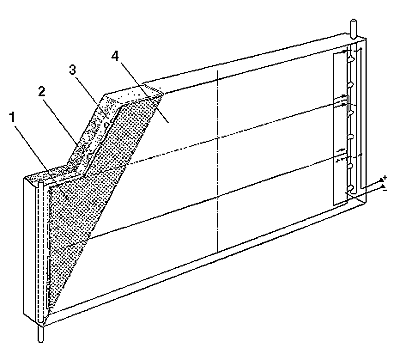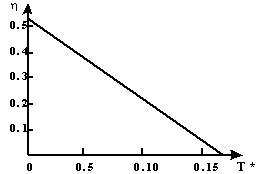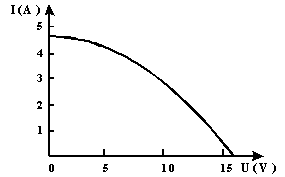
Fig.1. The thermoelectric collector: 1. solar panels, 2. thermoinsulation, 3. Al lamella, 4. glass cover
Faculty of Philosophy, Department of Physics, 18000 Nis, Yugoslavia
1. Introduction
At the present stage of science and technology, solar
radiation can be converted into thermal energy by thermal collectors and
into electrical energy by solar cells. The physical basis and technology
for photothermal and photovoltaic solar energy conversion is well known
and is described in many physical and solar energy publications (1–5).
In order to convert solar energy simultaneously into thermal and electrical
energy, we have constructed the thermoelectriccollector with a-Si solar
cells on glass substrate, and measured the thermal end electrical characteristics.
2. Experiments
Thermoelectric collector consists of a collector case, thermoinsulation, cover glass, and thermoelectric absorber. The collector case is made of electrochemically colored Al (99,5) profiles. Thermoinsulation is accomplished with 4 cm wide glass wool. The thickness of the cover glass is 4 mm. Thermoelectric absorber consists of Al lamellas having the Cu tubes which are mechanically connected to the upper side of a–Si solar panels. Al lamellas are produced by the method of Al (99,5) pressing. After having the Al lamellas pressed, the Cu tubes are inserted into the bottom apertures of the lamellas. The Cu tubes are further mechanically expanded and are fitted tightly to the Al lamellas. Al lamellas are mutually connected by buckling male and female extensions over the lamellas’ edges. Due to the insulation of Al lamellas, the insulating paper is pasted over them, and in other cases, lamellas are covered by varnish. Thermoelectric collector contains six solar panels all of which feature the following dimensions: 91.5 × 30.5 cm2. Solar panels are interconnected parallel.

Fig.1. The thermoelectric collector: 1. solar panels, 2. thermoinsulation, 3. Al lamella, 4. glass cover
The a–Si solar panels are made of glass substrate onto which the transparent SnO2 electrode, photoconversion a–Si:H (n–i–p) layers, Al electrode, and back protection coatings are deposited. The transparent SnO2 electrode was 0.35 mm thick, a–Si:H layers 0.8 mm and Al electrode about 0.2 mm thick. The solar panel efficiencies were >5%. Solar panels have been produced by Chronar Co. in Princeton (U.S.A.) and thermoelectric collector in Nissal Co., Nis (YU). Technical characteristics of a-Si solar panels with dimensions 91.5× 30.5× 0.3 cm3, on solar radiation AM1, G=1000 W/m2, t=25oC are: Vm=13.5V, Im=880mA, Pm=12W, Voc=20V and Isc=1080mA. The overall dimensions of the collector are: 1960 × 950 × 80 mm3 and the total mass 60 kg.
With solar radiation intensity of I=923 W/m2
it is possible to heat up the 80l of water to 50 °
C during the day, and to achieve the short circuit current of Isc=4,7A
and open circuit voltage of Uok= 16,4 V. The nominal electric
power of the collector is Pn= 28 W, current In= 3,11
A and voltage Un= 9 V. The heated water is transported to the
solar boiler via the thermosiphonic way or via the circulatory pump. Electricity
is directed to the batteries (accumulator) over the charging regulator,
and then directly or through the AC/DC converter to the consumer.
 |
 |
|
|
collector |
Thermoelectric collector can be applied in industry and private households for heating the sanitary water and for production of electrical energy. Heated water may find many different applications, while produced electrical energy may be used for lighting purposes, air conditioning, telecommunication devices such as radio or TV and for other appliances.
3. Conclusion
On the basis of presented results, the following conclusions can be drawn: